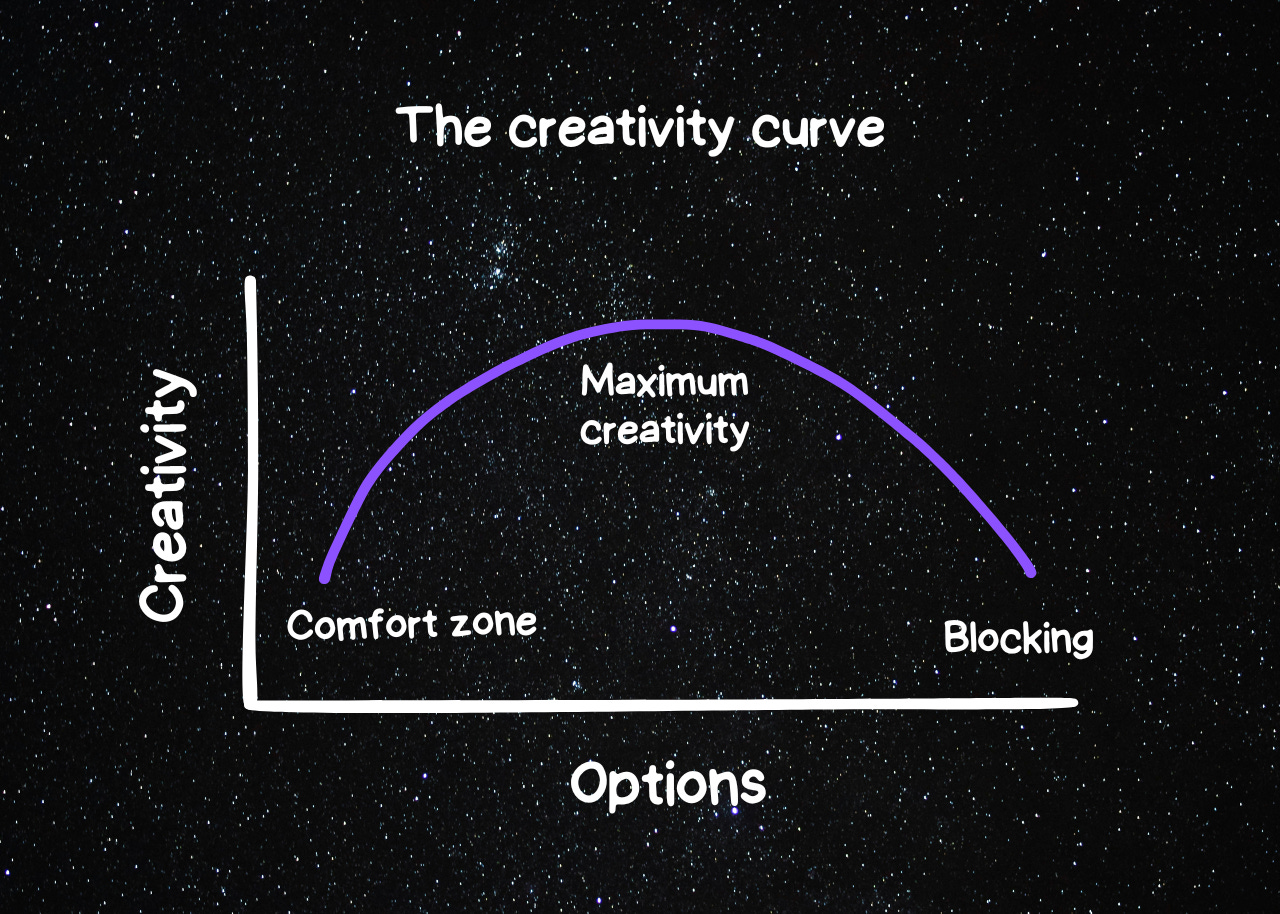🏷️ Categories: Continuous improvement, Mental models, Creativity
In 1960, American writer Theodor Seuss, better known as Dr. Seuss, took on a seemingly impossible challenge that stunned the world.
His editor at Random House, Bennett Cerf, bet him $50 at the time, which would be about $500 today, that he couldn't write a story using only 50 different words (Pease, 2010). The challenge came after the success of The Cat in the Hat, which Seuss had written using only 236 different words (CBC, 2020).
50 words is 21% of the vocabulary he needed to write The Cat in the Hat.
Can the feat be surpassed to that level?
Seuss took the bet.
The result was Green Eggs and Ham, one of the most iconic children's books of the time, with more than 3 million copies sold (Jones, 2020).
Limitation forced Seuss to approach writing in a unique way. He exhaustively studied vocabulary, created charts and lists to organize words with the potential to be chosen from the 50, rewrote many drafts, and worked meticulously to achieve fluid dialogue with a sparse vocabulary (Nel, 2005). It was thanks to his limitations that he managed to create something extraordinary.
By limiting ourselves, we enhance our ingenuity and combat preconceived ideas.
Limit yourself and you will grow
Facing an infinite universe of possibilities is overwhelming and can paralyze you by not knowing where to start, but if you limit that infinite space you make it manageable. This is powerful for 2 reasons:
1. Limits force you to act
According to Parkinson's Law, the more time you have to do something, the longer you will prolong the task. If you notice, I have been writing a letter every 48 hours for months. If I did not set limits I would have postponed many letters and others would not have even been published because I told myself that I still have to review details, falling into the perfection trap.
When I was tired on the bus home, I wrote an article.
When I did not have time due to several hectic days, I wrote an article.
Limits make me act and not let time pass more than necessary.
2. Limits boost your creativity
Dr. Seuss already knew how to write perfectly before Green Eggs and Ham.
What Dr. Seuss didn't know was that stories could be written with just 50 different words. He had to analyze English words to find the most usable ones in a very restricted text, which made him learn a new skill. If he had never put that limit on himself, he would most likely have remained in his comfort zone without creating anything as original.
If you are a chef and you don't have as many ingredients as you would like, this is the ideal opportunity to learn how to combine them and create delicious dishes without depending on a full pantry.
If you want to train but don't have access to a gym or expensive equipment, this is the opportunity to learn how to train with your own body weight and take advantage of the resources in your environment to exercise (that's how I started doing calisthenics).
Limitations limit possibilities, but they don't stop you from acting.
The curve of creativity
As with many things, the optimum is somewhere in the middle.
Without restrictions, it is tempting to be in the comfort zone (Acar, 2019), while with too many restrictions, we become blocked and it is not possible to create anything. Dr. Seuss pushed his limit to 50 words. Could he have done it with 5 words? I doubt it.
The sweet spot is where the restrictions are challenging but not impossible.
✍️ It's your turn: Do you also put limits on yourself in your creative process?
💭 Quote of the day: “It was, perhaps, the narrow limits to which he thus confined himself upon the guitar, which gave birth, in great measure, to the fantastic character of his performances.” Edgar Allan Poe, The Fall of the House of Usher and Other Tales.
See you, take care! 👋
References 📚
Acar, O. A. (2019, 22 of November). Why Constraints Are Good for Innovation. Harvard Business Review. https://hbr.org/2019/11/why-constraints-are-good-for-innovation
CBC. (2020, 14 of August). Green Eggs and Ham is 60 years old. It started as a $50 bet between Dr. Seuss and his publisher | CBC Radio. https://www.cbc.ca/radio/thecurrent/the-current-for-aug-14-2020-1.5685180/green-eggs-and-ham-is-60-years-old-it-started-as-a-50-bet-between-dr-seuss-and-his-publisher-1.5686697
Jones, B. J. (2020). Becoming Dr. Seuss: Theodor Geisel and the Making of an American Imagination. National Geographic Books.
Pease, D. E. (2010). Theodor Geisel: A Portrait of the Man Who Became Dr. Seuss. Oxford University Press.
Nel, P. (2005). Dr. Seuss: American Icon. A&C Black.








Brilliant article, Alvaro. It reinforces a lot that I've learned over the decades. Writing for a newspaper forces a writer to "rite tite" (as my editor would say) and adhere to a deadline. Deadlines became my guidepost. When taking childhood development classes, we were told to put preschool activities on a tray. It gives the child a limited space in which to paint, draw, or even play with blocks, clay, etc. I use that with my grandson and it focuses his high energy. For substack, I set the goal of a long piece and a poem or flash fiction per week with an occasional Saturday Special. Speaking of flash fiction. Sharron Bassano inspired me to write, as she does often, stories with only 50 or 100 words. It's a blast!
Great points. Perfection is the enemy of good!